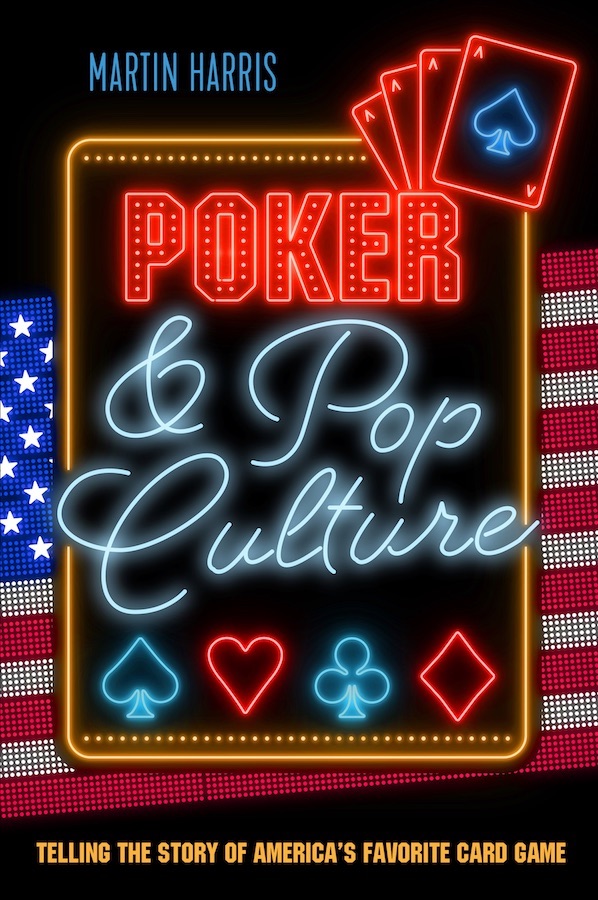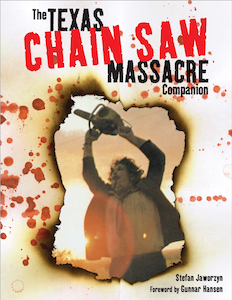On Heads-Up Tourney Structures
 Over the weekend I spent a lot of time focused on Event No. 38 of the World Championship of Online Poker over at PokerStars, the $500+$30 buy-in no-limit hold’em heads-up tournament. Was a two-day affair, lasting 10 rounds altogether before Fabrizio “SixthSenSe19” Gonzalez took it down last night. (Here’s the recap of yesterday’s action.)
Over the weekend I spent a lot of time focused on Event No. 38 of the World Championship of Online Poker over at PokerStars, the $500+$30 buy-in no-limit hold’em heads-up tournament. Was a two-day affair, lasting 10 rounds altogether before Fabrizio “SixthSenSe19” Gonzalez took it down last night. (Here’s the recap of yesterday’s action.)There was another heads-up event yesterday, too -- a “high roller” one with a $25,000+$500 buy-in (Event No. 39), won by a player named “RaiseOnce” (suspected by some to be Phil Ivey). A lot of big names in that one. You can read F-Train’s recap by clicking here.
In the WCOOP heads-up tournaments, the structures and starting stacks remain the same from round to round. For example, in Event No. 38 saw players begin with 7,500 chips and play 20-minute levels with the same schedule of blind increases in each match, beginning to end. (No antes in HU play.)
Live heads-up tourneys -- such as the $10,000 “Championship” event at the WSOP this past summer (Event No. 35) -- sometimes operate a little differently. At the WSOP, for instance, players kept the chips they won in one match and played with them in their subsequent matches. In other words, the starting stacks doubled from round to round, and the structures changed, too.
I helped cover Event No. 35 this summer for PokerNews. It was originally scheduled as a three-day event, but it ended up taking four days to complete because the final round took so long. I wrote about that crazy Day 3 (which lasted until dawn) here in a post called “The Match Without End.”
The event was capped at 256 entrants, and that’s how many played. That made for an eight-round, single-elimination tournament, with the final match played best two-out-of-three. Players started with 30,000 chips in their first-round matches -- i.e., they had “triple stacks” in that one just like in other WSOP events. That meant the winners started with 60,000 in Round 2, 120,000 in Round 3, and so forth. By the finals, Ayaz Mahmood and Ernst Schmejkal each had enormous stacks of 3.84 million to start.
As I say, the schedule of increases for blinds (again, no antes) changed from round to round, too, although the changes weren’t perfectly uniform. That is, it wasn’t as though the blinds at each level were simply doubled from round to round, but there were some extra levels thrown in (or removed) and other subtle differences along the way. Here’s the structure sheet for Event No. 35, if you’re curious to examine further.
Also worth mentioning were a couple of other differences from round to round in the structure for the WSOP heads-up event.
Levels lasted 20 minutes for the first four rounds, then 30 minutes for the next two, then 40 minutes for the semifinals and finals. Also, the starting stacks, when translated into the number of big blinds players had, didn’t stay consistently “deep” from round to round. Players began with 150 big blinds in each of their first two matches; from the third round through the semifinals they began with 120 big blinds; then in the finals they started with 128 big blinds.
As noted, there were some subtle differences in the structures from round to round, too, which translated into slight differences in the relative “deepness” of stacks as the matches progressed. To give you an idea of the changes, here’s a look at what players faced after two hours of play for each match (if their matches lasted that long, of course):
Levels with 20-minute rounds:
Round 1, Level 7: 50 big blinds on the table (starting stacks 30,000 each; blinds 600/1,200)
Round 2, Level 7: 60 BBs on table (start 60,000 each; blinds 1,000/2,000)
Round 3, Level 7: 60 BBs on table (start 120,000 each; blinds 2,000/4,000)
Round 4, Level 7: 48 BBs on table (start 240,000 each; blinds 5,000/10,000)
Levels with 30-minute rounds:
Round 5, Level 5: 80 BBs on table (start 480,000 each; blinds 6,000/12,000)
Quarters, Level 5: 96 BBs on table (start 960,000 each; blinds 10,000/20,000)
Levels with 40-minute rounds:
Semis, Level 4: 128 BBs on table (start 1.92 million each; blinds 15,000/30,000)
Finals, Level 4: 128 BBs on table (start 3.84 million each; blinds 30,000/60,000)
You can see how the schedules were tweaked to ensure the possibility of more “play” in the later matches, although the progression isn’t uniform, with the stacks being relatively more “deep,” then less, then more again.
I don’t know which is better, to be honest -- having each round start with the same stacks and structures as in the WCOOP, or watching players begin with bigger and bigger stacks as they go deeper in the event as is the case at the WSOP. (I do know the scheduling of the heads-up event at the WSOP will probably need to be revisited, as this marked the second year in a row they couldn’t finish within the allotted three days.)
I can see the desire to introduce more “play” in later rounds -- especially since the payouts are so much greater (relatively) later on -- although I would think it would be desirable to keep that progression uniform. Of course, it’s possible to keep the same starting stacks throughout, but change the structure (longer levels, different blind increases) so as to ensure “deeper” stacks as they go. In fact, it might even make for a simpler math exercise to do it that way.
If you were tournament director for a heads-up event, how would you set up your tourney?
Labels: *high society, 2010 WSOP, PokerStars, WCOOP













0 Comments:
Post a Comment
<< Home